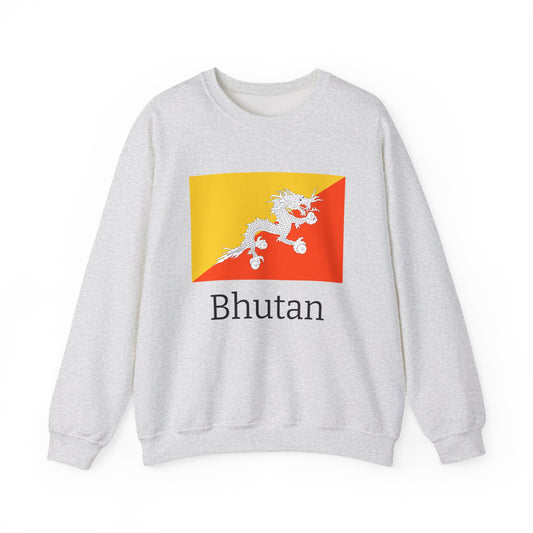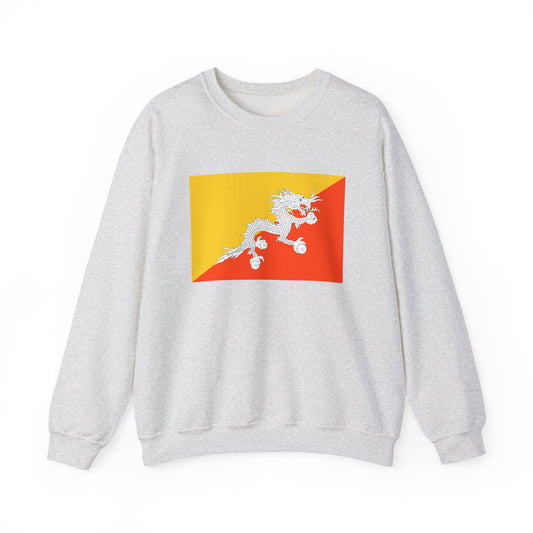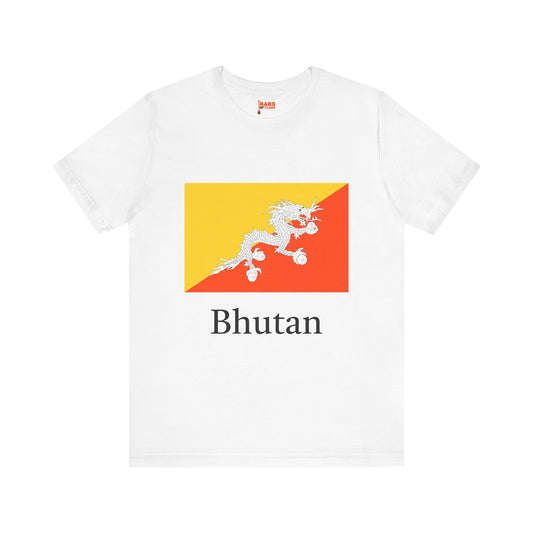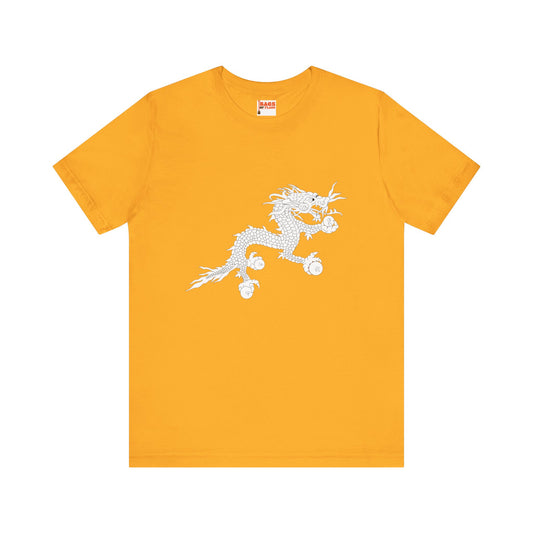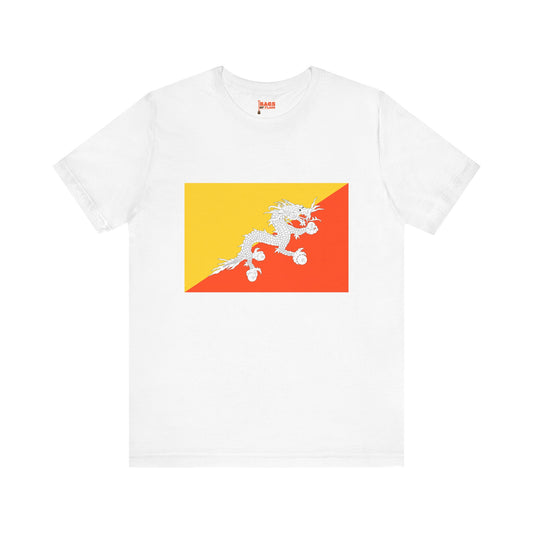-
Bhutan Leather Patch Hat
Regular price $18.85 USDRegular priceUnit price / per -
Bhutan Pillow
Regular price $22.65 USDRegular priceUnit price / per -
Bhutan Backpack
Regular price $59.79 USDRegular priceUnit price / per -
Bhutan Sweatshirt
Regular price $34.15 USDRegular priceUnit price / per -
Bhutan Inspired Sweatshirt
Regular price $34.15 USDRegular priceUnit price / per -
Bhutan Flag Sweatshirt
Regular price $34.15 USDRegular priceUnit price / per -
Bhutan Mug
Regular price $11.65 USDRegular priceUnit price / per -
Bhutan Trucker Cap
Regular price $14.90 USDRegular priceUnit price / per -
Bhutan Inspired Hoodies
Regular price $34.40 USDRegular priceUnit price / per -
Bhutan Hoodies
Regular price $34.40 USDRegular priceUnit price / per -
Bhutan Flag Hoodies
Regular price $34.40 USDRegular priceUnit price / per -
Bhutan T-shirts
Regular price $22.79 USDRegular priceUnit price / per -
Bhutan Inspired T-shirt
Regular price $22.79 USDRegular priceUnit price / per -
Bhutan Flag on T-shirt
Regular price $22.79 USDRegular priceUnit price / per
Collection: Bhutan
The Bhutan flag, also known as the flag of Bhutan, symbolizes tradition and cultural significance in the Himalayan kingdom. Its unique design and colors hold deep symbolism that reflects the country's rich history and values. We will delve into the various aspects of the Bhutan flag, including its design, historical context, symbolism, current relevance, and lesser-known facts.

Overview of the Bhutan Flag
The flag of Bhutan is distinguished by its vibrant design, consisting of two primary colors divided diagonally. The upper left corner is adorned in yellow, representing the king's authority. At the same time, the lower right side features a rich orange, symbolizing the spiritual practice and Buddhist traditions that permeate the country. At the center of this striking backdrop, a white dragon extends across the divide, clutching jewels in its claws, signifying the wealth and prosperity of Bhutan. Known as Druk, the Thunder Dragon, it is a pivotal national symbol and a nod to the natural forces that shape Bhutanese mythology and culture. This emblematic creature is portrayed in white to embody purity and loyalty, creating a compelling visual narrative that encapsulates the essence of Bhutan’s national identity.
Historical Context of the Bhutan Flag

The genesis of the Bhutan flag's distinctive design traces back to the early 20th century, with several variations preceding the current version, officially adopted in 1969. This adoption marked a pivotal moment in Bhutanese history, a period of significant modernization and international engagement for the kingdom. The earlier iteration of the flag prominently featured a similar dragon but lacked the current flag's intricate division of colors and the detailed depiction of the dragon. The decision to redesign and formalize the flag's appearance was, in part, a reflection of Bhutan's evolving national identity and its aspirations on the global stage.
The modernization efforts of Bhutan during this era, especially under King Jigme Dorji Wangchuck, were aimed at safeguarding the country's sovereignty while navigating the complexities of international relations. Introducing the new flag design was a visual manifestation of these goals, symbolizing the continuity of Bhutan's deep-rooted traditions and its readiness to embrace the challenges of the modern world. The flag, therefore, serves not only as a national emblem but also as a historical narrative, capturing a crucial phase in Bhutan's journey towards progress and self-determination.
Symbolism Behind the Bhutan Flag
At the heart of the Bhutan flag's design is a deep well of symbolism that intertwines the country's spiritual beliefs, royal heritage, and natural environment. Central to the flag, the dragon embodies the strength and protection the monarch offers, reflecting the nation's unwavering respect and devotion to its king. Known as Druk, this mythical creature also connects to the natural phenomena of thunder, signifying the powerful presence of Bhutanese culture and its resilience against external forces.
The jewels clutched in the dragon's claws symbolize the wealth and prosperity that the nation strives for, not just in material terms but also in its people's spiritual richness and well-being. These jewels further underscore Bhutan's commitment to preserving and nurturing its unique cultural and spiritual identity in the face of global changes.
The flag's colors carry significant meanings as well. Yellow, dominating the upper portion of the flag, celebrates the secular authority of the king, grounding the flag's symbolism in the political realm while highlighting the monarch's role in upholding the nation's peace and stability. The lower section of the Orange represents the Buddhist teachings and practices permeating Bhutanese society, illustrating the spiritual foundation upon which the country stands. The use of white for the dragon contrasts vividly with the flag’s vibrant background and conveys purity and loyalty, virtues highly esteemed in Bhutanese society. Together, these elements craft a narrative of harmony between the secular and spiritual, guided by the protective and benevolent forces symbolized by the dragon.
Current Relevance of the Bhutan Flag
Today, the Bhutan flag remains a potent emblem of national unity and identity, prominently featured in many contexts, from government buildings to international diplomatic engagements. It is a visual representation of Bhutan's sovereignty, flown with honor during significant national festivities and observed in military parades with great reverence. Its presence on these occasions underscores the collective pride of the Bhutanese people in their country's heritage and values.
Nevertheless, the flag's imagery has also ignited conversations on cultural inclusivity. There have been lively discussions within the community and among scholars about the extent to which the flag reflects the diversity of Bhutan's ethnic landscape. This dialogue has opened avenues for a broader reflection on national symbols and their role in embodying a unified yet diverse national identity. As Bhutan continues to evolve, so does the discourse surrounding its flag, highlighting its enduring significance in the nation's ongoing narrative.
Additional Facts and Protocols Regarding the Bhutan Flag
Several protocols and traditions surrounding the display and handling of the Bhutanese flag reflect its importance to the nation. One essential rule is that the flag must not be used for commercial or promotional activities, underlining its solemn significance beyond mere branding. Daily, the flag is raised and lowered ceremonially, accompanied by the national anthem, illustrating Bhutanese people's respect and reverence for their country's emblem.
Great care is taken to ensure that the flag never comes into contact with the ground, symbolizing the nation's sovereignty and dignity. There are also precise instructions on how the flag should be folded and stored, ensuring it is always treated with the utmost respect. This careful treatment highlights the deep cultural and national pride associated with the flag, further emphasizing its role as a sacred symbol of Bhutan's identity and values.








